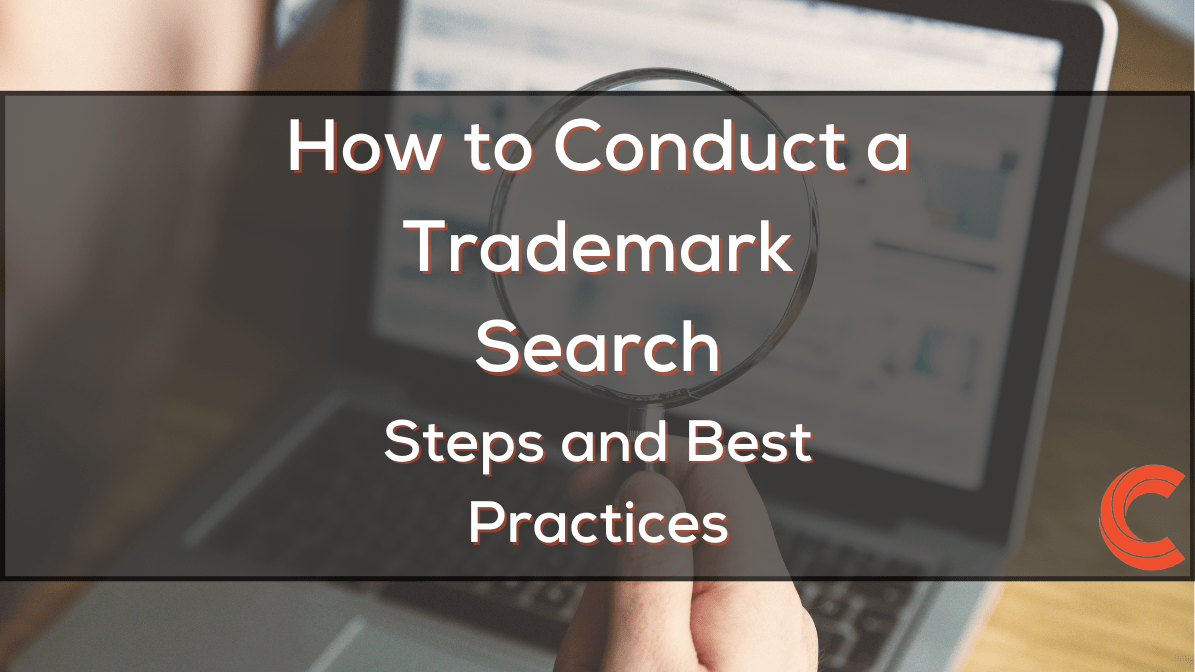In the competitive world of business, protecting your brand is paramount to your success. One crucial step in safeguarding your brand identity is conducting a comprehensive search. By ensuring that your chosen trademark is available for use and registration, you can avoid potential legal disputes and establish exclusive rights to your brand. In this blog post, we’ll explore the essential steps and best practices for conducting a trademark search, with expert guidance from Carbon Law Group.
Understanding the Importance of Trademark Searches:
Before diving into the process of conducting a search, it’s essential to understand why it’s necessary. Trademark searches help identify existing trademarks that may conflict with yours, reducing the risk of infringement lawsuits and costly rebranding efforts down the line. Additionally, conducting a thorough search can enhance the strength and distinctiveness of your trademark, making it more likely to receive registration approval.
Identifying Search Criteria
The first step in performing a search is identifying the search criteria. This includes the specific words, phrases, or designs you intend to use as your trademark. Additionally, consider variations, synonyms, and misspellings that could potentially infringe on existing trademarks. By defining your search criteria upfront, you can narrow down your search and focus on relevant results.
Utilizing Online Databases and Tools
There are various online databases and tools available for conducting trademark searches, including the United States Patent and Trademark Office (USPTO) database, the World Intellectual Property Organization (WIPO) Global Brand Database, and commercial trademark search platforms. These resources allow you to search for existing trademarks based on your search criteria and assess their availability for registration.
Reviewing Search Results
Once you’ve conducted your search, carefully review the search results to identify any potential conflicts or similarities with existing trademarks. Pay close attention to trademarks that are similar in sound, appearance, or meaning to your proposed trademark, as these could pose a risk of confusion or infringement. It’s also advisable to consult with a trademark attorney to interpret the search results accurately.
Assessing Risk and Making Informed Decisions
After reviewing the search results, assess the level of risk associated with using your chosen trademark. Consider factors such as the strength of existing trademarks, the likelihood of confusion, and the potential consequences of proceeding with your trademark. Based on this assessment, you can make informed decisions about whether to proceed with your trademark application or explore alternative options.
In conclusion, a trademark search is a critical step in protecting your brand and minimizing legal risks. By following the steps and best practices outlined in this guide, you can effectively navigate the search process and make informed decisions about your brand’s future. For expert assistance and guidance, contact Carbon Law Group today.




